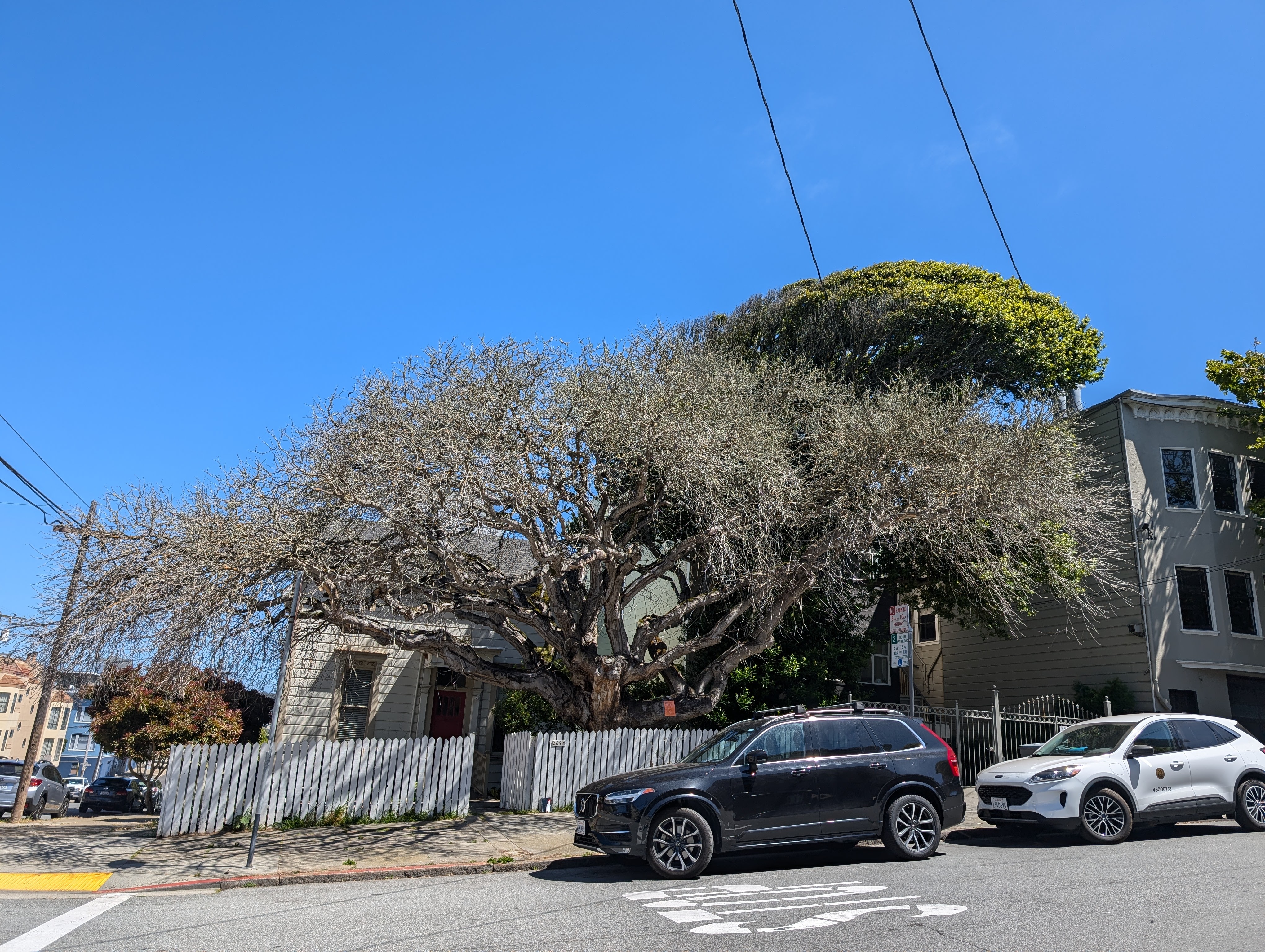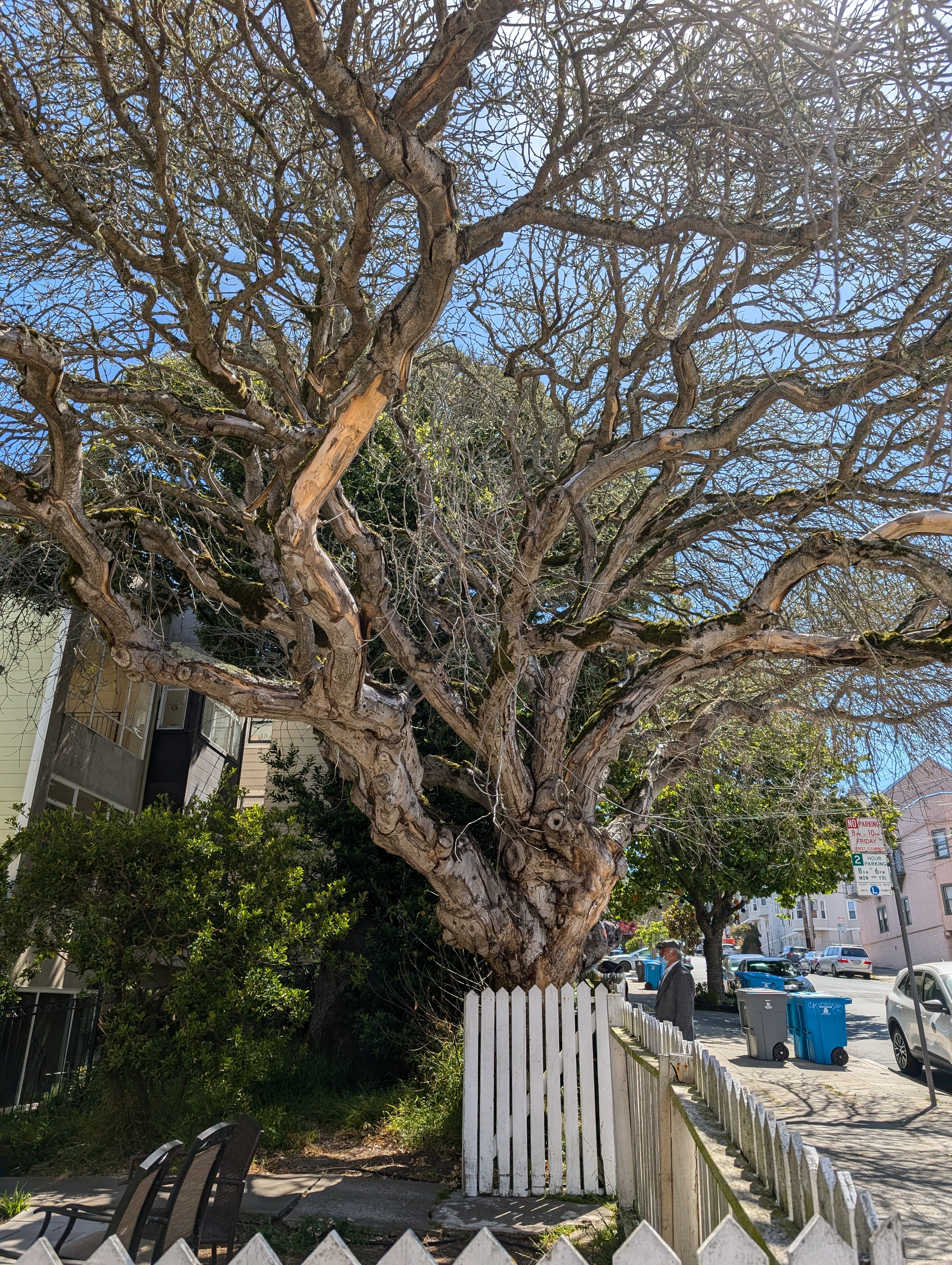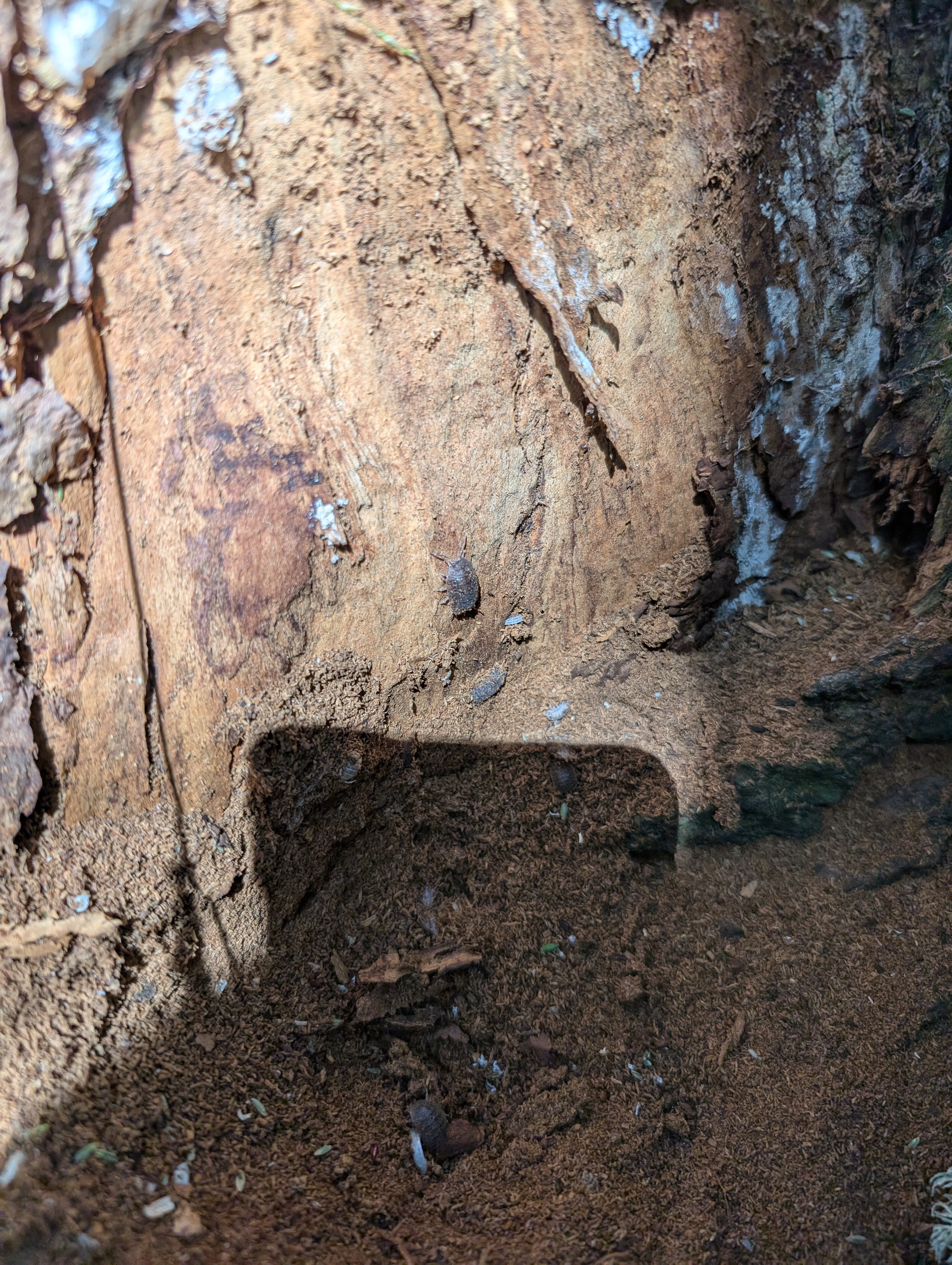Site: 1
Reason(s) for Tree Removal: "2694 McAllister Street. Removal Permit, 796369. Staff approved and posted for removal a dead California Buckeye (Aesculus californica) Landmark tree located on private property. On August 1, 2018, the Historic Preservation Commission recommended the California buckeye tree, located at 2694 McAllister Street (Assessor's Parcel Block No. 1166, Lot No. 045), for landmark tree status. On July 26, 2022, the Board of Supervisors finally passed Board Ordinance No. 173-22, sponsored by Supervisors Chan, Preston, and Safai and enacted on August 4, 2022. The tree was nominated and designated as a Landmark tree because of its rarity, physical attributes, and environmental benefits. Beginning around May of 2023, the department started to receive communications concerning the health and poor condition of the tree. The owner recently submitted the removal application for the Landmark tree.
Urban Forestry Council Committee Report - 255909-236426.PDF (sfdpw.org)
Of note:
The tree is featured in several publications, including Michael Sullivan’s book Trees of San Francisco. It is also featured and recognized by local native plant and habitat restoration organizations such as the Sutro Stewards and the California Native Plant Society.
In the 1990s a development proposal on the site spurred a large neighborhood outpouring of support to save the buckeye. The construction did not proceed and a tree protection easement was put into place that is still in effect today.
Committee members shared observations on the tree’s structure such as included bark, lateral cracks in at least one branch, and the presence of rot from previous pruning wounds. None appeared to make the tree a particular threat however.
In the yard space of the property, the Buckeye tree sits adjacent to a California Bay Laurel, Umbellularia californica. One plausible theory for the tree’s demise could be a pathogen called Phytophthora ramorum, a water mold. The pathogen can cause Sudden Oak Death (SOD) and can lead to mortality in some tree species. The Bay Laurel species is not killed by infection from P. ramorum but are a major vector of the pathogen to other tree species. It was previously documented the Buckeye tree had large pruning wounds and areas exposed to decay and pathogens. Cool temperatures (65o-70o F) accompanied by rain or overhead irrigation facilitate the spread of and infection by spores of Phytophthora ramorum. In Europe, P. ramorum has been found to cause stem cankers leading to death of European beech (Fagus sylvatica), European sycamore (Acer pseudoplatanus), Horse chestnut (Aesculus hippocastanum), Northern red oak (Q. rubra), Sessile oak (Q. petraea), Southern beech (Nothofagus obliqua), Southern red oak (Q. falcata), and Turkey oak (Q. cerris). Infected trees are attractive to opportunistic ambrosia and bark beetles, as well as secondary colonization by decay fungus.
Frass and dust was observed from possible beetles or mites around the base of the tree trunk where bark is sloughing off. An entomologist would need confirm the insects. These insects are not likely what killed the tree, but are a third order effect.
In accordance with Article 16: Section 810. (f): “landmark trees on private property shall be removed only after the Director's determination and issuance of a permit, following a public hearing,” the tree removal permit will be scheduled to a public hearing on July 22nd. Additional notification will be posted on the tree prior to the hearing."
Posting Period: 7/01/24 - 07/16/24





